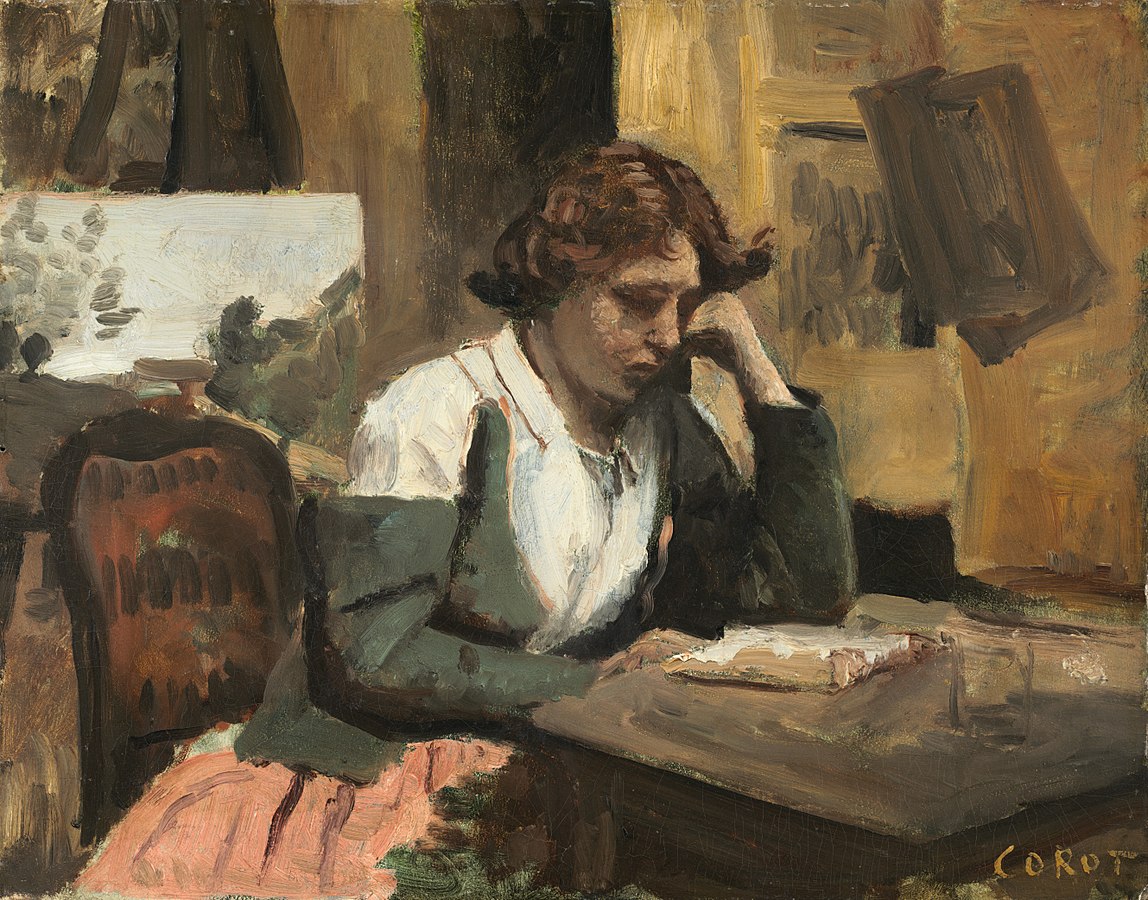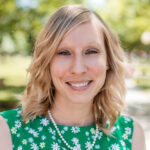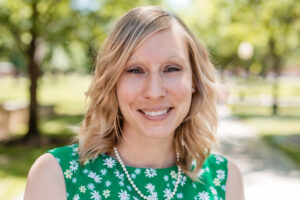About halfway through my PhD program, my grandmother cautioned me not to neglect reading the Bible. “You are immersed in books, but don’t overlook the most important one,” she said. My grandmother had correctly surmised that the reading lists for an advanced degree in English had become more compelling to me than the holy book of my childhood. The conservative Christian evangelical community in which I was raised encouraged literacy primarily so that we could read the Bible, often reducing complex texts to instructions that aligned with the evangelical worldview. Given that this mode of reading eventually proved detrimental to my spiritual and intellectual development, my resentment of it persisted well into graduate school and colored my experiences with the Bible.
Jessica Hooten Wilson’s new book, Reading for the Love of God: How to Read as a Spiritual Practice, articulates and explains many of the issues I had with my evangelical education, specifically as a reader. She asks a pointed question relevant to many Christians, “why read anything but the Bible?” In her multifaceted answer, Hooten Wilson holds up the Bible as “the Book of books, the foundation of every story, and the lens through which Christians see all other books” while contending that the habit of reading other books well helps one read the Bible and vice versa. Reading for the Love of God is thus a case for reading both the Bible and other serious works of literature in ways that are nuanced, spiritually formative, and rooted in Christian tradition.
Hooten Wilson begins with a profile of a quintessentially American reader—Thomas Jefferson—to elucidate and correct the prevalent habits of many Christians. After detailing Jefferson’s reading of the Gospels represented in his book The Life and Morals of Jesus of Nazareth, a compilation of selected passages reordered according to topics Jefferson himself wished to emphasize, she states, “I do think we are more American in our way of reading the Bible than we are aligned with church tradition.” Hooten Wilson also discusses the former president’s preferences regarding genre. For example, he excoriated novels as “trash” and “poison” (referring to works such as Gulliver’s Travels and Frankenstein) because they were written for “mere amusement” rather than clear moral instruction. Jefferson’s selective compilation of Jesus’ teachings combined with his refusal to read novels flow from his conviction that the proper end of reading is straightforward utility, a lesser goal in contrast to the more challenging and formative ends Hooten Wilson associates with historic Christian practice.
With her profile of Jefferson, Hooten Wilson turns to the readers of her own book, wondering if they are following Jefferson (and by extension, American values) more than the Bible itself and Christian tradition in their reading practices. As a counterpoint, the author refers to several exemplary biblical figures who were immersed in words and literary traditions in ways that were expansive and transformative, such as Hannah, Deborah, Mary, and Paul. She describes ancient Judaism and early Christianity as cultures that revered words and books and “assumed the necessity of being a bookworm to know God and make him known.” Given this foundation of the Christian religion, Hooten Wilson convincingly argues, “we must return to the love of the book.”
To propel Christians back to this love, Reading for the Love of God examines historic reading methods in church tradition and well-known readers who are worthy of imitation. It contains a wealth of time-tested reading practices, including four ways gleaned from Jesus’ mode of reading: literal, figurative, moral, and anagogical. Hooten Wilson draws on theological as well as literary works to demonstrate various approaches to a text, leading to the contemplative mode, which she asserts should be “the end of all our reading.” She explains, “whereas the world trains us toward a utilitarian vision that is consumerist and destructive, the contemplative remains open to mystery and enchantment” and “is ultimately life-giving.”
Dispersed among the chapters, Hooten Wilson includes four “bookmarks,” which are devoted to prominent readers in Christian history: Augustine of Hippo, Julian of Norwich, Frederick Douglass, and Dorothy L. Sayers. Unlike her assessment of Jefferson’s reading habits, Hooten Wilson encourages emulation of the readers named in her bookmarks. For example, Augustine shows us how to read the Bible with humility, wherein we acknowledge and accept that we do not understand everything. In the section on Douglass, Hooten Wilson admires his careful reading of the founding documents, in which he “sifts the good from the bad” and “refuses to castigate monolithically.”
In the chapter titled, “What Does the Trinity Have to Do with the ART of Reading?”, Hooten Wilson provides guidance for readers with the acronym in the title: Author, Reader, Text. She calls these three elements a kind of trinity that should not be separated from one another. Here she points out the fundamental error of many schools of literary criticism, which tend to favor one element disproportionately over the others, sometimes even discrediting one completely, such as authorial intention. Drawing on Sayers’s assertions regarding creativity in The Zeal of Thy House, Hooten Wilson argues that spiritual reading entails respect for and participation in the “Author, Reader, Text” trinity, which she relates to the Father, Son, and Holy Spirit. She explains, “the idea is the author’s intention; the creation itself in matter is the text or logos; and the response occurs within the reader.”
A significant strength of Reading for the Love of God is that it situates its claims in relation to relevant questions and concerns readers face in our distracted and polarized culture. Hooten Wilson insists that “a reading life counteracts the malformation of screen and digital technology.” In a section titled, “Vicious Habits of Reading,” she addresses the cowardice behind censorship campaigns. In her discussion of Douglass, she refutes the suggestion that books keep one from engaging in the practical work of making our world a better place. On the contrary, she argues that great literature can provide the inspiration and wisdom we need to serve and improve our communities.
Overall, this book is a call to return to the vibrant cultures of reading that characterized Christianity in the past. It shows readers how to make this turn—both philosophically and practically—by providing theological justification for the essential place of reading in Christian tradition and offering many historic practices to deepen and spiritualize one’s interaction with a text. Reading for the Love of God can call you back to the Bible, as in my own experience, and remind you that this holy book does not need to be read as a checklist or instruction manual but as a living word that resonates on literal, allegorical, moral, and anagogical planes. Hooten Wilson’s book can also help you develop a reading life beyond the Bible, as she includes lists of great books she recommends, an excellent starting point for those aspiring to expand their reading life. By returning to the book, whether the Bible or great literature, Hooten Wilson demonstrates that we deepen our capacity for contemplation, paradox, complexity—resources we need to live well and flourish both individually and communally.
Image credit: “Young Girl Reading” 1868 by Jean-Baptiste-Camille Corot via Wikimedia




